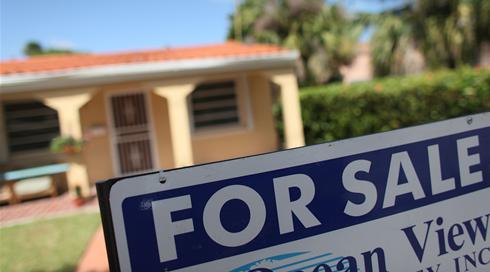Key mortgage rate for five-year fixed plan edges up at last of nation’s major banks
Derrick Penner
Sun
Some 67 per cent of Metro Vancouver households struggle with the high cost of housing, the Conference Board of Canada reported Tuesday, a day that saw more banks edge key mortgage rates up, a move destined to push housing costs even higher.
The Conference Board report, titled Building From the Ground Up: Enhancing Affordable Housing in Canada, defined housing as unaffordable if households paid more than 30 per cent of their pretax income to keep a roof over their heads.
On that basis, the board, relying on Census and Canada Mortgage and Housing Corp. data, estimated that nationally, a lack of affordable housing supply left one in five households -some three million in total -spending too much on housing.
In some cases, the report said, households spent so much on housing it threatened the health of individuals who couldn’t also afford nutritious food or other healthy pursuits.
As of Tuesday, more Canadians will face higher mortgage interest costs as the last of the nation’s major banks raised the posted rate for their benchmark five-year, fixed-rate mortgages to 5.85 per cent, an increase of .6 of a percentage point.
The Bank of Mont real , Canadian Imperial Bank of Commerce, Bank of Nova Scotia and Desjardins Group made the move Tuesday, following the Royal Bank, Toronto Dominion Bank and Laurentian Bank which raised their key rates Monday.
“The era of historically low mortgage rates is coming to an end,” said Sal Guatieri, senior economist, BMO Capital Markets.
Nationally, the lack of affordable housing hurts Canada’s overall productivity, the report said.
“Among the essentials of food, clothing and shelter, shelter costs are the highest,” the report said. “A typical Canadian household spends 50 per cent more on shelter than on food and over five times more than on clothing.”
The Conference Board researchers also found that while relative affordability wavered between improving and deteriorating, about 20 per cent of households have struggled with housing costs for the last 15 years, which suggests “housing unaffordability is a structural feature of the Canadian economy affecting people at a wide range of income levels.”
Conference Board researchers also put nine B.C. communities on the list of the 25 least affordable, based on the expenditure of more than 30-per-cent-of-household-income definition.
Metro Vancouver is 22nd on the list, Abbotsford 21st, Victoria 18th, Nanaimo 17th, Kelowna 16th, Squamish 14th, Penticton 10th, Chilliwack ninth and Vernon eighth.
S t . Catharines-Niagara was ranked least affordable with 74 per cent of residents spending more than 30 per cent of household income on housing.
By contrast, Kitimat on B.C.’s north coast, was ranked the most affordable community in Canada with almost 90 per cent of its households spending less than 30 per cent of their income on housing.
In its report, the Conference Board said high costs have led developers to build homes predominantly for upper and middle-income households, and it argues that governments, the private sector and non-profit housing sector should combine their efforts to increase the supply of affordable housing.
Government, for example, can use its planning and development-approval powers to encourage private-sector developers to include affordable units in their developments.
The report added that private-sector developers are perhaps the best at building such units because of their ability to find ways of reducing construction costs. It said the non-profit sector is distinguished by its ability to operate social housing developments and advocate for addressing poverty issues.
© Copyright (c) The Vancouver Sun








